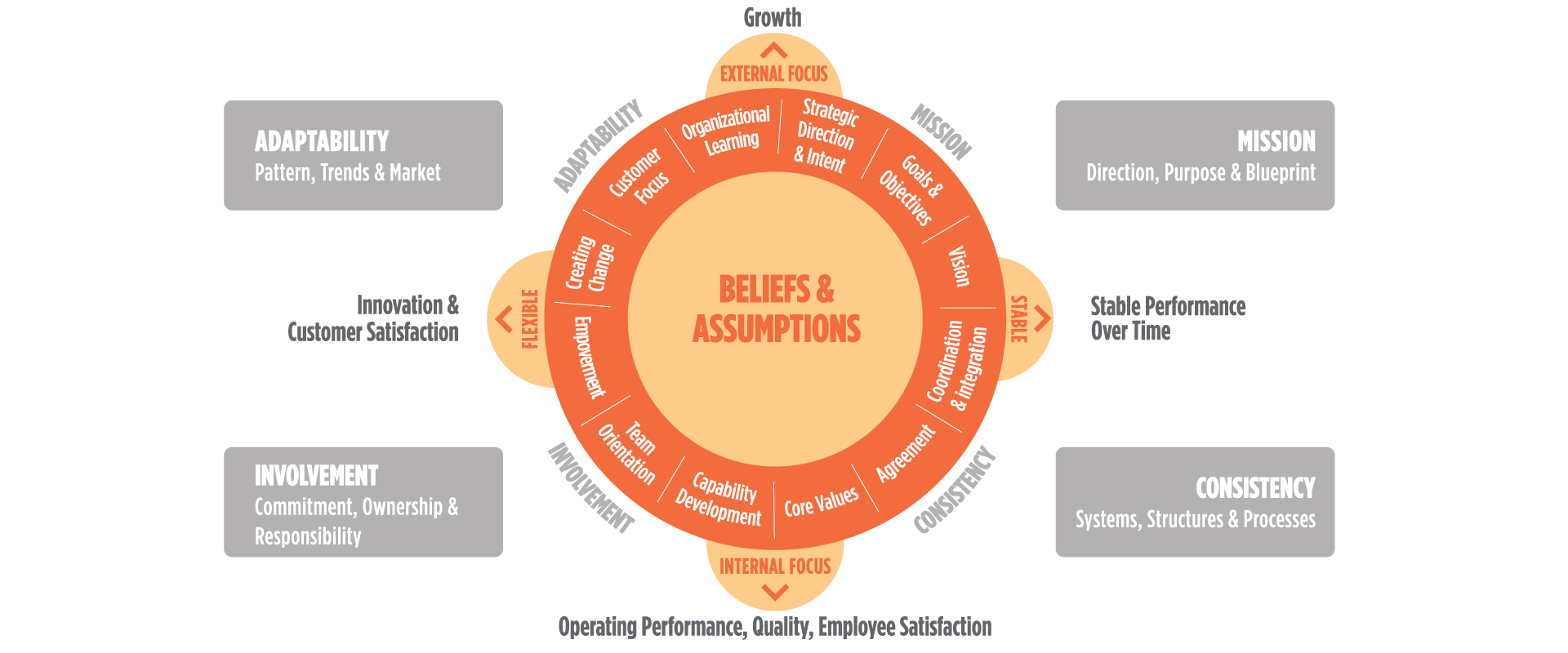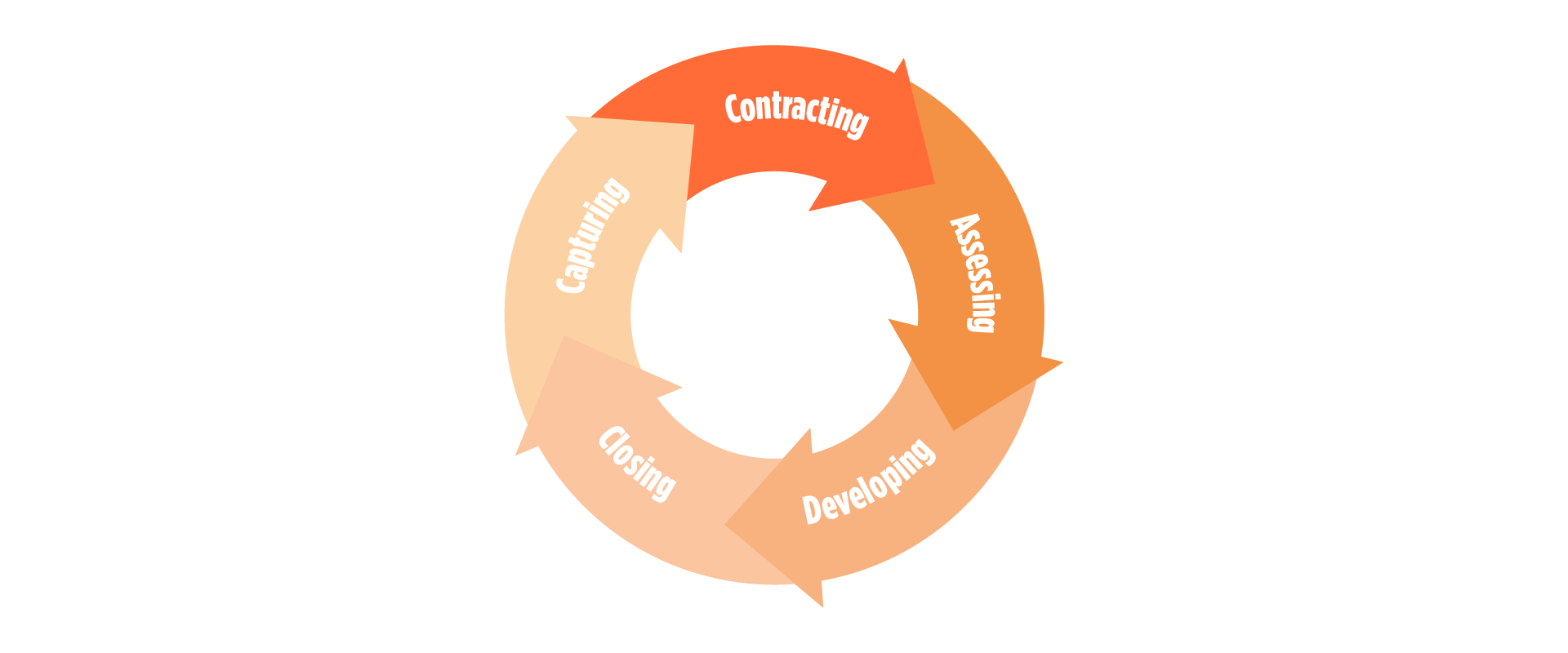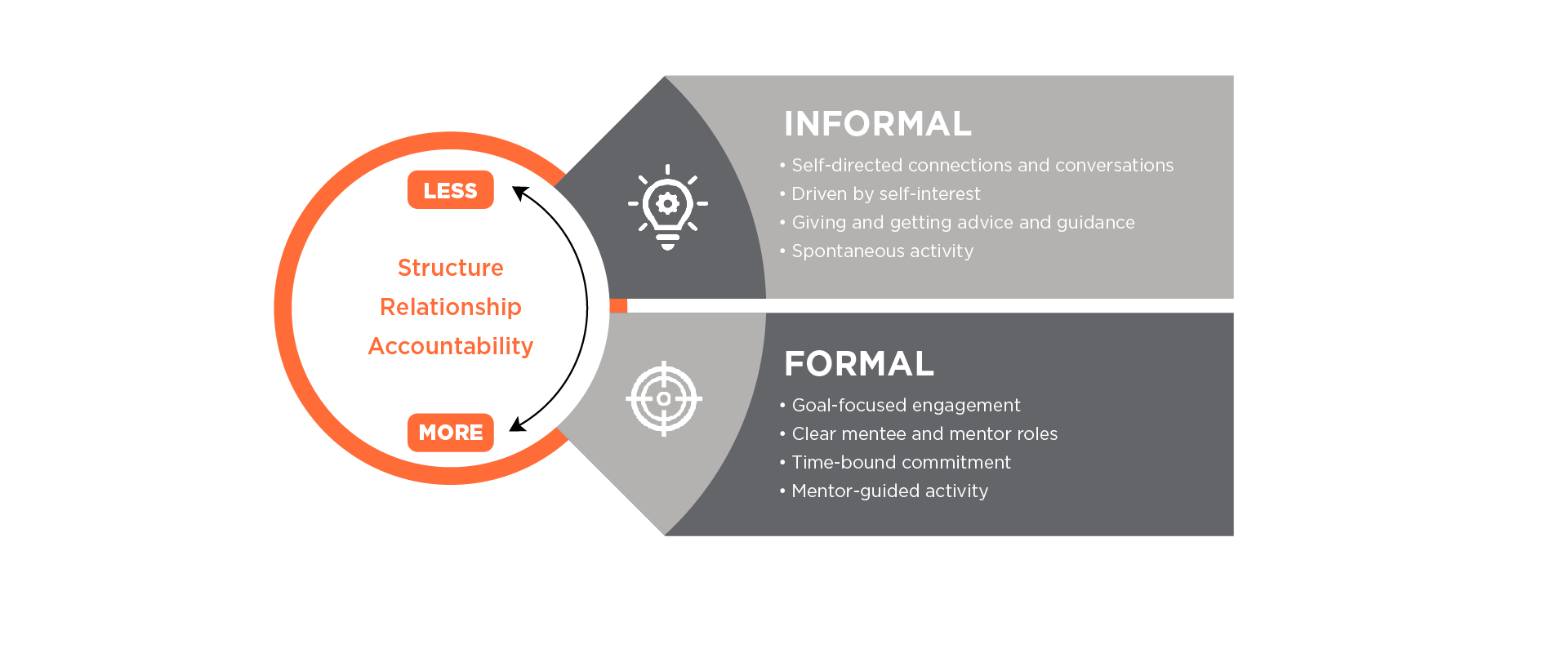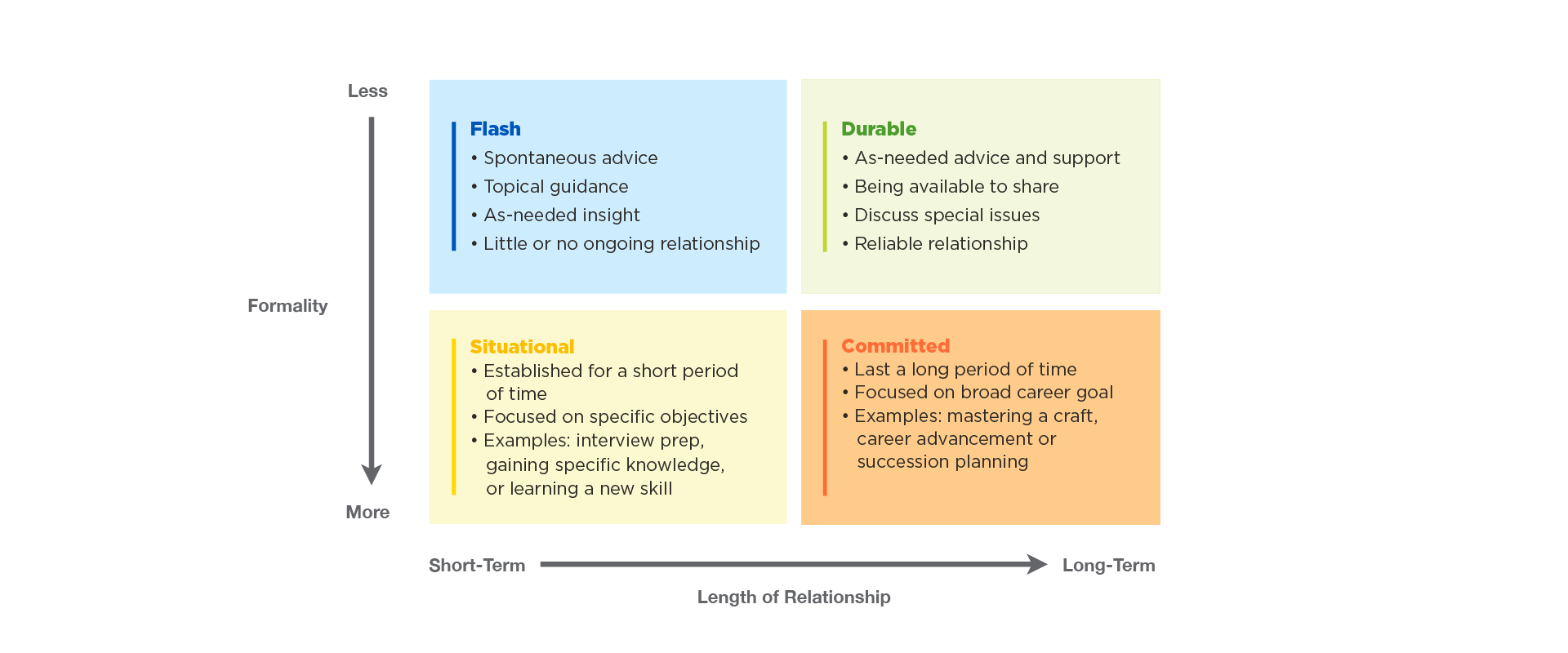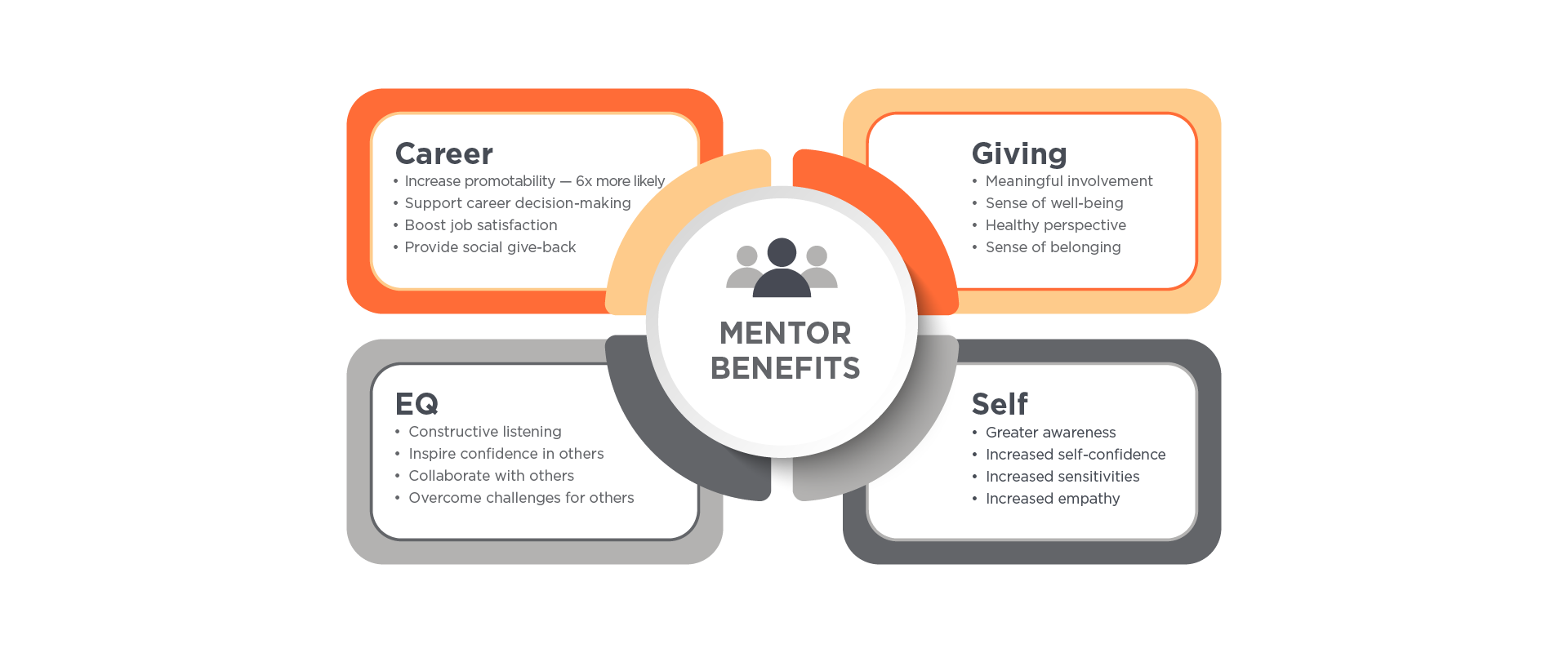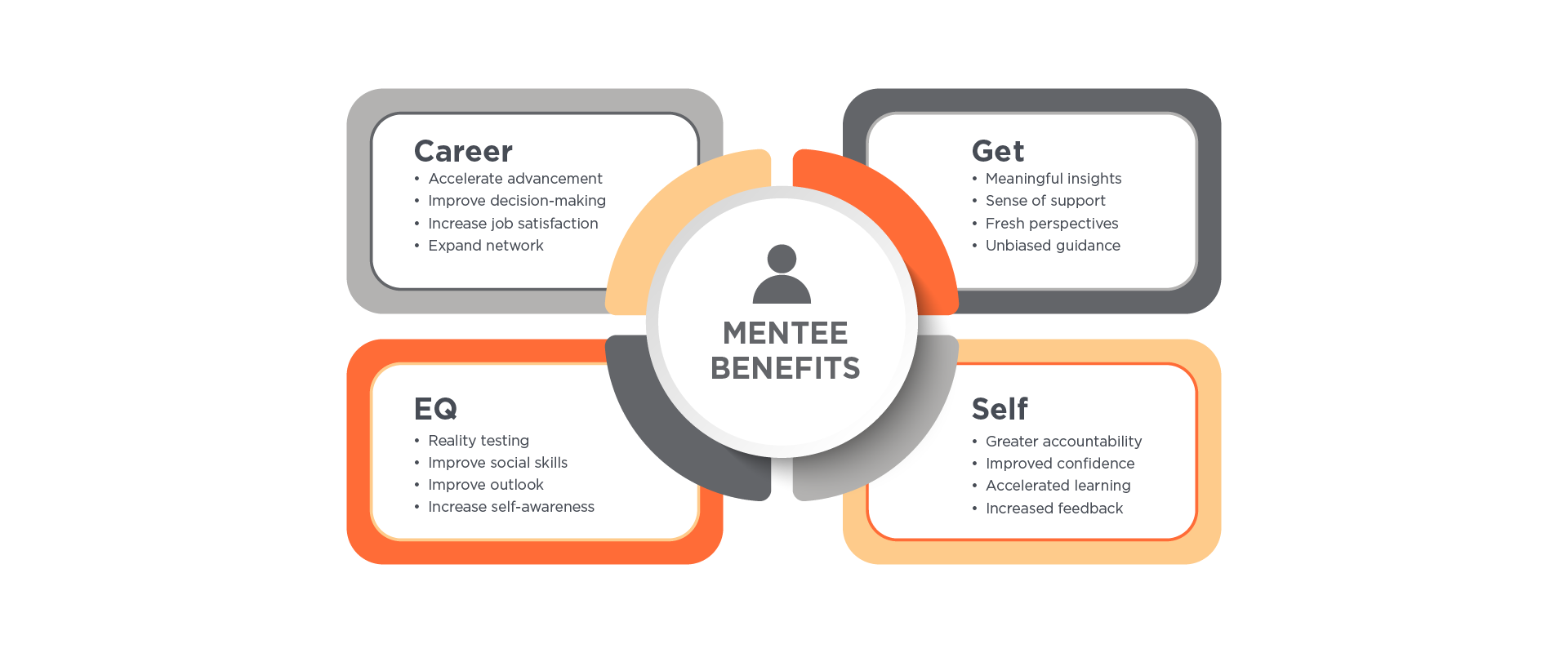Some statistics of the current state of the workplace include:
- Over 40% of all employees were thinking about leaving their jobs at the beginning of 2021, and as the year went on, workers quit in unprecedented numbers.
- The U.S. quit rate reached a 20-year high in November 2021, creating a scarcity of people to fill U.S. positions the all-time U.S. high of 10.1 million job openings.
- Job openings are up 55% from January 2021 and continue to outpace available employees.
What is the real cost of attrition to organizations? Replacing an employee costs an average of six to nine months of an employee’s salary, according to the Society for Human Resource Management. This sets companies back financially and puts a strain on day-to-day work. This can impact a team in the following ways:
- Added stressors for employees that must cover gaps left by departing team members.
- Fundamental team cultural changes when new employees are brought in.
- Impactful disruptions to team morale.
- Loss in productivity.
- Loss of cross-team collaboration and internal networks.
- Loss of institutional knowledge and history.
- Some top-performing employees could become competitors.
As companies work to address the problem, many will continue to struggle for one simple reason: Companies don’t really understand why employees are leaving in the first place. By not understanding what employees are running from, and what they might gravitate toward, company leaders are putting the business itself at risk.
To compound the issue, workplace challenges for organizations are not limited to exiting employees. Discontent can exist among remaining employees, as employee engagement numbers drop steadily and active disengagement is on the rise. In a Gallup survey of nearly 60,000 workers, two-thirds reported feeling disengaged on the job in 2021. The real cost of disengaged employees is just as devastating as employee attrition, including such impacts as: higher absenteeism rates, more errors/defects in work performance, more accidents, less productivity than their engaged counterparts, and higher team turnover than highly engaged teams.
The central problem to address is the mismatch between the job environment and organizational culture employees want and now expect, and the one their organizations have. Organizations that take the time to learn why employees are leaving and what employees are looking for — and then act thoughtfully — will have an edge in attracting talent and in holding on to valued employees.







